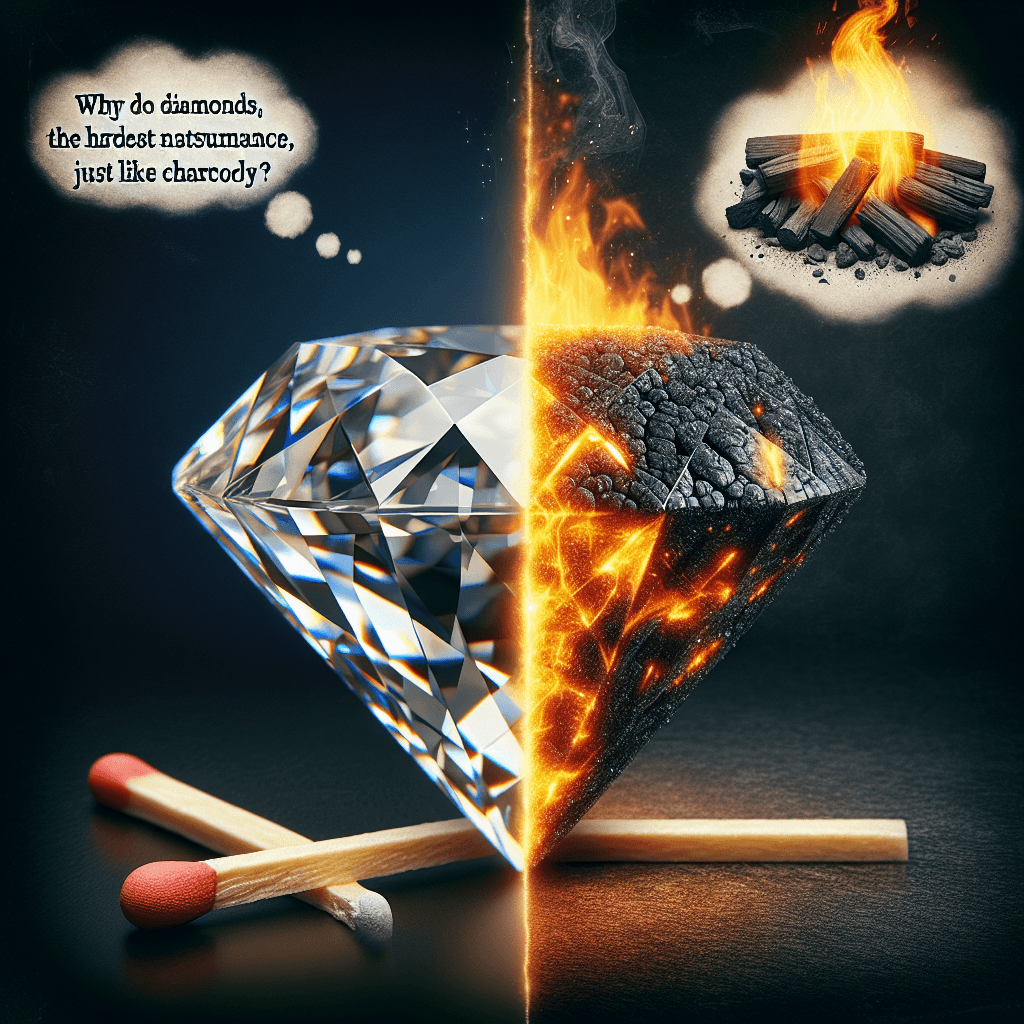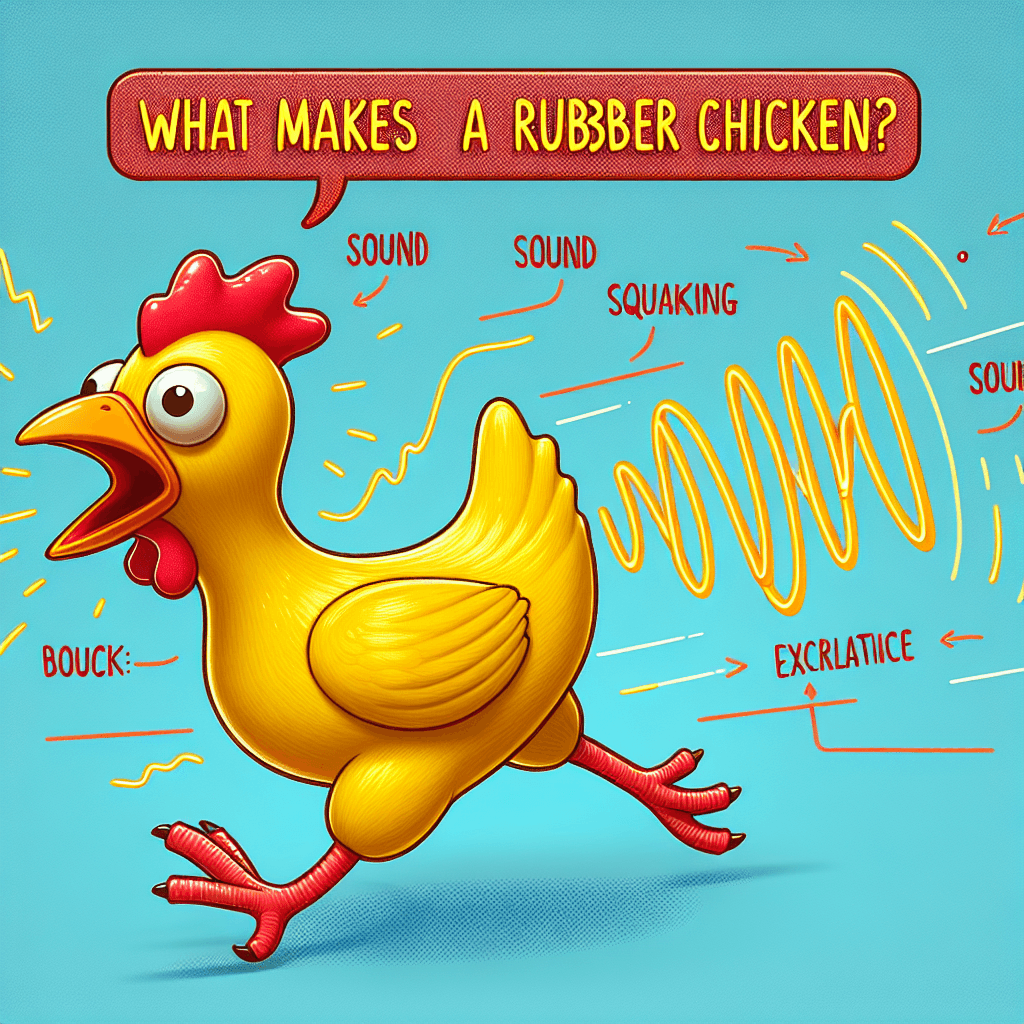Why do diamonds, the hardest natural substance, burn just like charcoal
You've been told a diamond is forever, but the world's hardest gem shares a fiery secret with a common piece of charcoal, allowing both to vanish into thin air.


Too Long; Didn't Read
TLDR: Diamonds and charcoal are both made of carbon. Burning is a chemical reaction, while hardness is a physical property. A diamond's super-strong structure just means it needs extremely high heat to ignite, but its carbon atoms will still react with oxygen and burn away into gas, just like charcoal.
The Fiery Secret of Gems: Why Do Diamonds, the Hardest Natural Substance, Burn Just Like Charcoal?
We think of diamonds as the ultimate symbols of permanence. "A diamond is forever," the saying goes. They are renowned for being the hardest natural substance on Earth, capable of scratching any other material. So, the idea that a diamond could simply burn away into nothing, much like a humble piece of charcoal, seems completely counterintuitive. Yet, under the right conditions, that’s exactly what happens. This incredible paradox isn't magic; it's a fascinating lesson in chemistry that reveals the hidden connection between the world’s most prized gem and common soot. This post will unravel the scientific mystery of why diamonds burn, exploring their fundamental makeup and the chemistry of combustion.
The Carbon Connection: A Tale of Two Allotropes
The secret to a diamond’s fiery demise lies in its chemical identity. Despite their vastly different appearances and physical properties, a diamond and a piece of charcoal are fundamentally the same thing: they are both forms of the element carbon.
Scientists refer to these different structural forms of the same element as allotropes. The key difference between them is how their carbon atoms are arranged.
- Diamond: In a diamond, each carbon atom is bonded to four other carbon atoms in a rigid, three-dimensional tetrahedral lattice. This tightly-knit, interlocking structure is incredibly strong, which gives a diamond its unparalleled hardness.
- Charcoal (and Graphite): In charcoal and graphite, carbon atoms are arranged in flat, hexagonal sheets. These sheets are weakly bonded to each other and can easily slide past one another. This is why graphite is soft enough to leave a mark on paper (it's the "lead" in your pencil) and why charcoal is brittle and crumbles easily.
Think of it like building with LEGOs. You can use the exact same bricks to build either a solid, unbreakable cube or a stack of thin, fragile plates. The material is the same, but the structure determines its properties. Because a diamond is pure carbon, it can serve as fuel for a fire, just like any other carbon-based material.
The Science of Fire: What It Takes to Burn Carbon
To understand why a diamond burns, we need a quick refresher on combustion, the chemical process we call fire. Burning requires three components, often called the "fire triangle":
- Fuel: The substance that will burn.
- Heat: The energy needed to start the reaction.
- Oxygen: An oxidant that reacts with the fuel.
When carbon burns, it undergoes a chemical reaction with oxygen. The simple formula is C + O₂ → CO₂. A carbon atom (C) combines with an oxygen molecule (O₂) to produce a molecule of carbon dioxide gas (CO₂). This is the very same reaction that occurs whether you are burning coal, wood, or a diamond. The difference isn't what happens, but the conditions required to make it happen.
Putting a Diamond to the Torch: Not Your Average Campfire
While a diamond can burn, you don't need to worry about your jewelry catching fire from a candle. The powerful bonds holding a diamond's carbon atoms together require an immense amount of energy to break. This is known as high activation energy.
To burn a diamond, you need extreme heat and a plentiful supply of oxygen. In normal air (which is about 21% oxygen), a diamond will begin to burn at around 900°C (1652°F). If you introduce pure oxygen, the process can start at a slightly lower temperature, around 700°C (1292°F). These temperatures are far hotter than a typical house fire.
The famous 18th-century chemist Antoine Lavoisier was one of the first to demonstrate this. Using a giant lens to focus sunlight onto a diamond, he heated it until it reacted with oxygen, proving it was made of carbon by trapping the resulting carbon dioxide gas.
When a diamond burns, it doesn't produce a dramatic flame. Instead, it will begin to glow red and then slowly erode, seemingly disappearing into thin air. It is not melting; it is sublimating—turning directly from a solid into a gas. Because the only product is colorless, odorless carbon dioxide, it leaves behind no ash or soot, vanishing completely.
Conclusion: From Indestructible to Intangible
The fact that diamonds can burn is a perfect illustration of the difference between physical properties and chemical composition. A diamond’s hardness is a result of its incredibly stable atomic structure, making it resistant to physical force. Its ability to burn, however, is determined by its chemical makeup—pure carbon. Given enough heat and oxygen to overcome its strong bonds, a diamond will obey the fundamental laws of chemistry and react just like its humble relative, charcoal. So while a diamond may be "forever" under everyday conditions, its fiery secret reminds us that even the most enduring symbols are ultimately governed by the elemental dance of science.
More Articles

Why do some military submarines have a rubber-like coating that makes them look lumpy?
That bizarre, lumpy skin isn't a design flaw—it's a high-tech shield that swallows enemy sonar pings whole, turning a billion-dollar war machine into a ghost.

Why are the best violin bows often made with hair from male horses?
The secret to a violin's powerful, resonant tone lies not just in the wood, but in the surprisingly practical—and slightly indelicate—reason the finest bows are strung with hair from male horses.

What makes a rubber chicken produce its classic squawking sound?
It's not just a simple squeaker—discover the surprisingly clever physics behind why the chicken squawks on both the squeeze *and* the release.